Kiosk Online Payment: Price and ROI
Price:Standard Kiosk Online Payment Systems: Prices generally range from $3,000 to $10,000 depending on features, hardware quality, and customization options. Advanced/Customized Systems: Systems with more advanced features like multi-payment methods, larger touchscreens, or weather-resistant enclosures can cost between $10,000 to $15,000 or more. Additional Costs: Consider the costs for installation, software licensing, maintenance, and ongoing support, which may add to the initial investment. | Return on Investment (ROI):Labor Cost Savings: Automating payment processes reduces the need for additional staff, leading to significant labor cost savings. Increased Efficiency: Faster transactions can lead to higher customer throughput, potentially increasing sales and reducing queues. Customer Satisfaction: Improved customer experience through quick and secure payments can drive repeat business and customer loyalty. Data Insights: The ability to collect and analyze transaction data helps optimize operations, leading to better decision-making and marketing strategies. Scalability: The ability to deploy multiple kiosks across different locations can amplify the benefits and spread the initial investment cost over a larger revenue base. |
How to Buy a Kiosk Online Payment System: Step by Step
1. Identify Business Needs: Assess your specific needs, including the types of payments to be processed (e.g., bills, retail purchases, tickets), expected transaction volume, and the desired features (e.g., multi-payment options, receipt printing, remote management).
2. Set a Budget: Determine your budget, including the initial cost of the kiosk, installation, software, and any ongoing maintenance or support costs.
3. Research Vendors: Research reputable kiosk manufacturers and suppliers. Look for those with experience in online payment systems, positive customer reviews, and a history of delivering reliable products.
4. Request Proposals and Quotes: Contact multiple vendors to request proposals and detailed quotes. Compare their offerings based on cost, features, customization options, and after-sales support.
5. Evaluate Features and Customization: Ensure that the kiosk system offers the necessary features, such as secure payment gateways, user-friendly interfaces, and robust security measures. Consider customization options that align with your brand and business requirements.
6. Check Compliance and Security: Verify that the kiosk complies with relevant security standards (e.g., PCI-DSS) and local regulations. Ensure that the payment gateway is secure and that the system can handle sensitive customer data safely.
7. Make a Purchase Decision: After evaluating all factors, select the vendor that offers the best value for your business. Finalize the purchase, including any customization details, installation requirements, and support agreements.
8. Install and Configure: Work with the vendor to install and configure the kiosk at your desired location(s). Ensure that all hardware and software components are properly set up and tested before going live.
9. Train Staff and Go Live: Provide training to staff on how to manage and maintain the kiosk. Once everything is in place, launch the kiosk for customer use.
10. Monitor and Optimize: After deployment, regularly monitor the kiosk's performance. Collect data on usage, troubleshoot any issues, and optimize the system based on customer feedback and business needs.

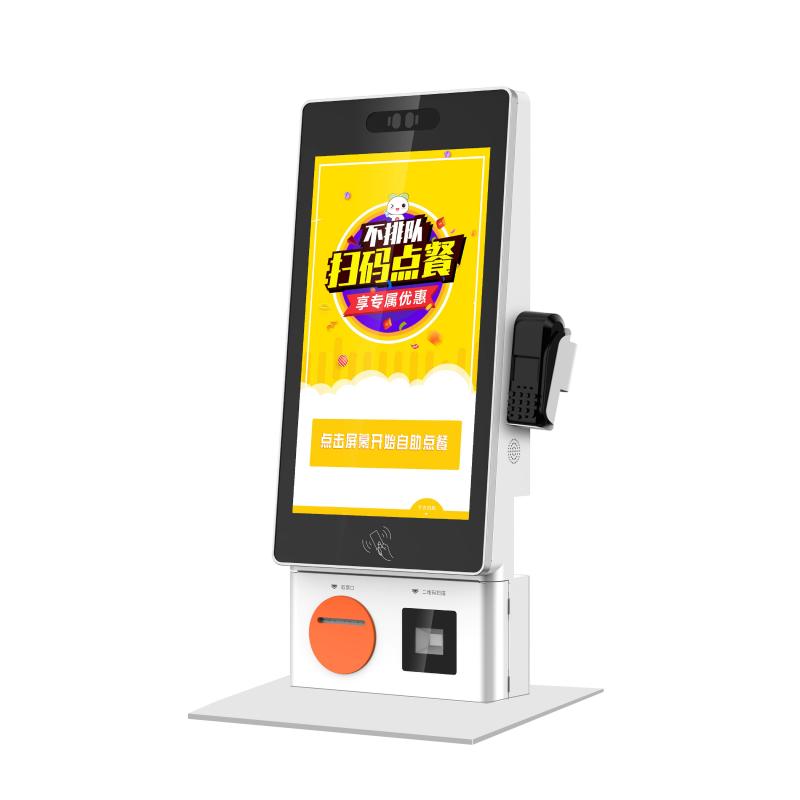
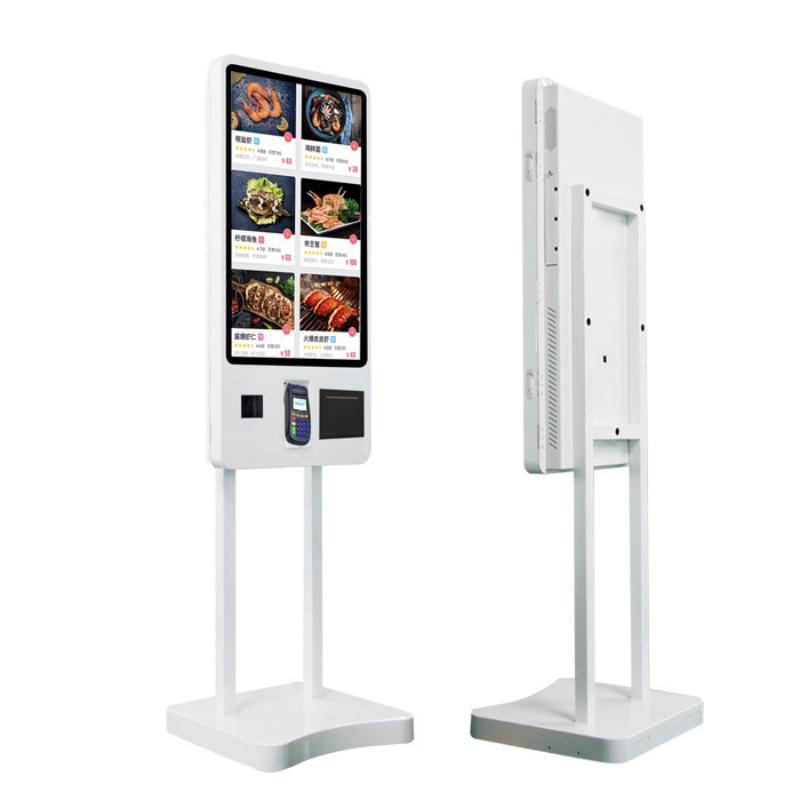
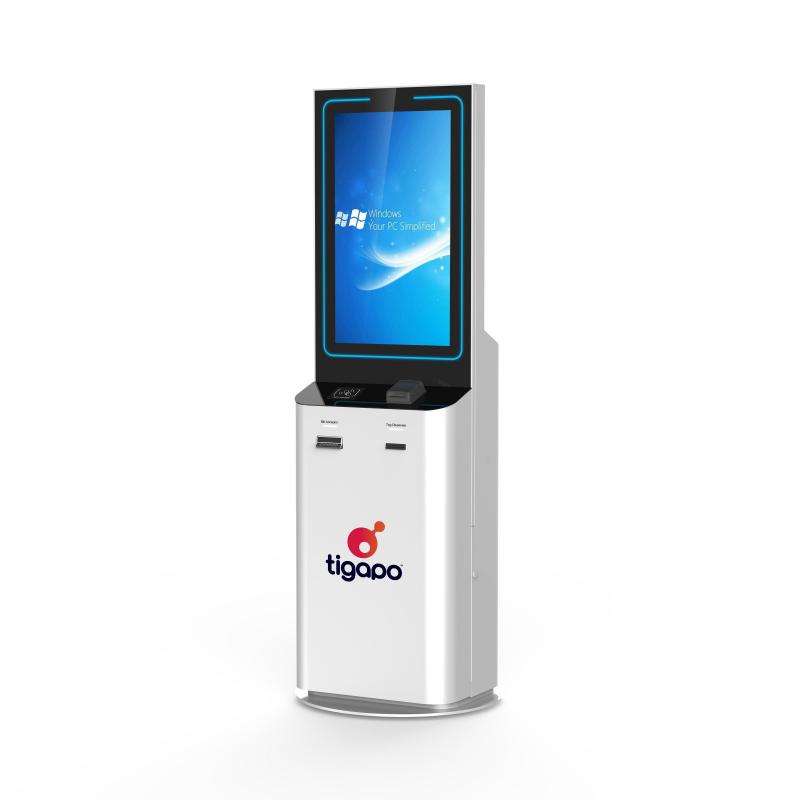
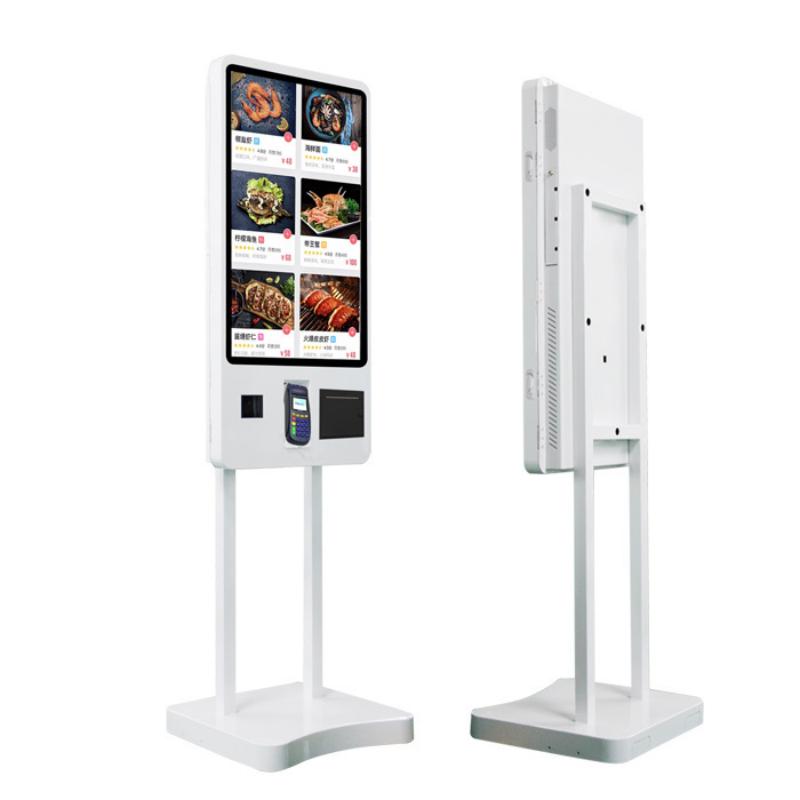
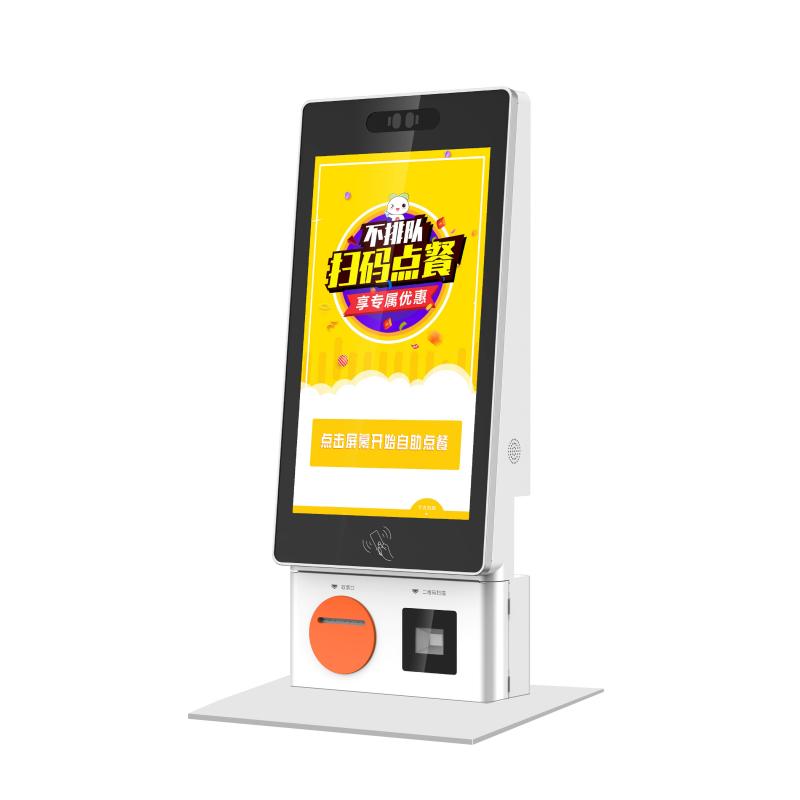
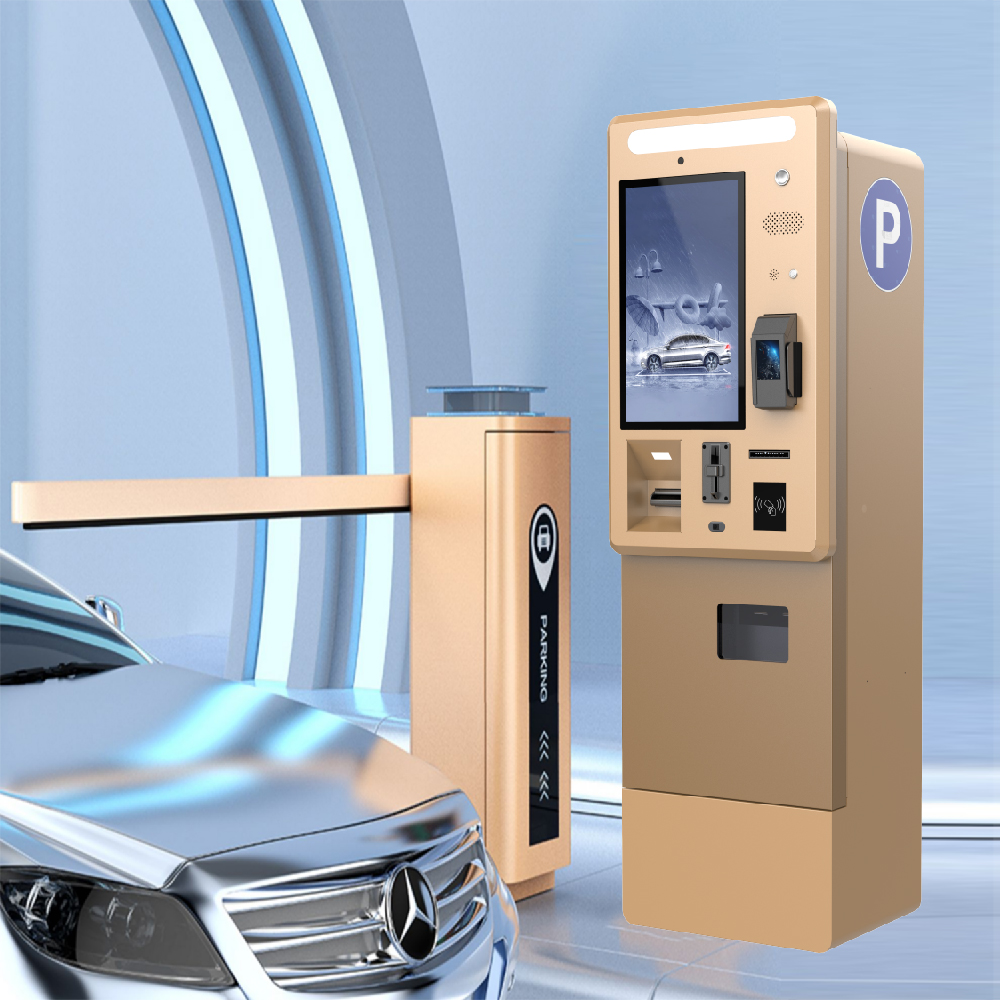
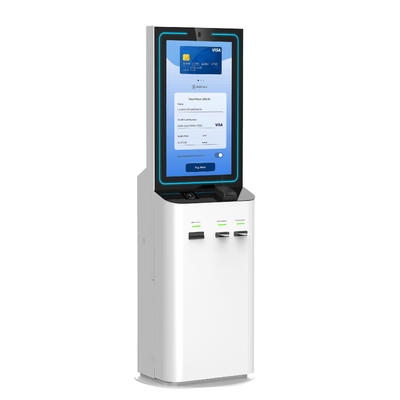
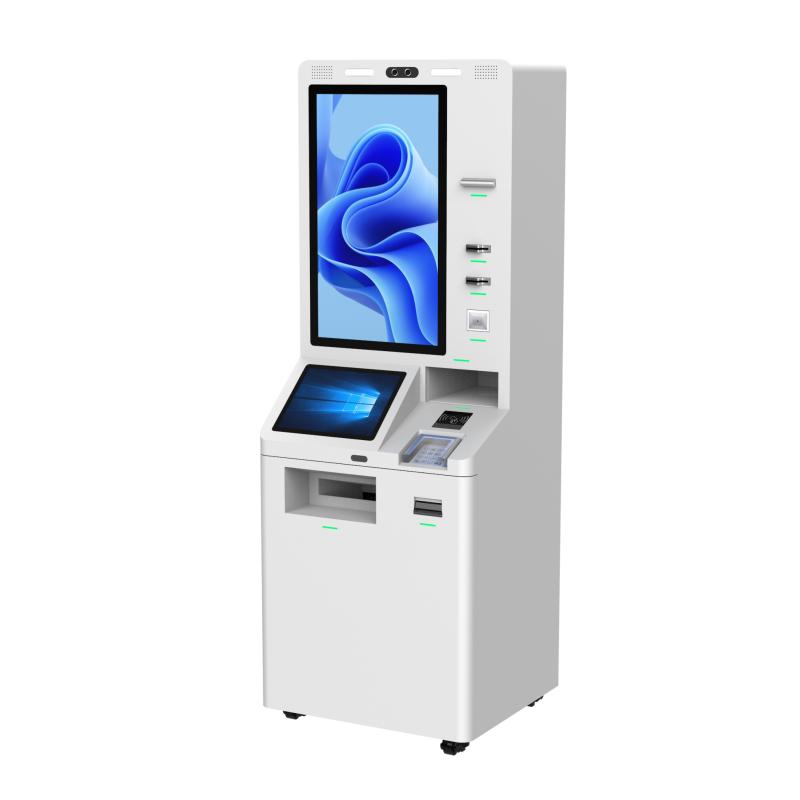
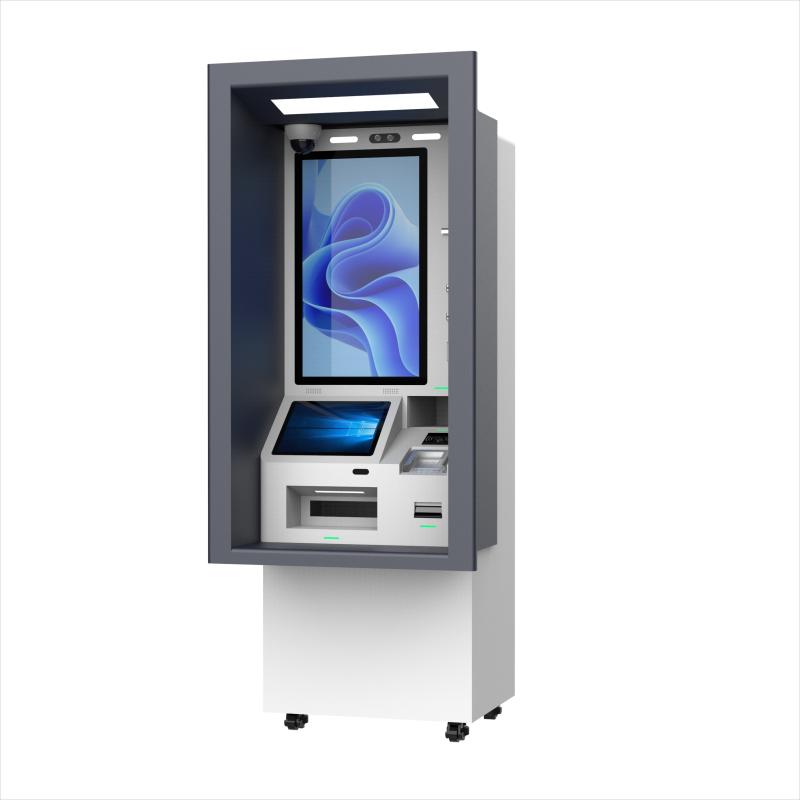
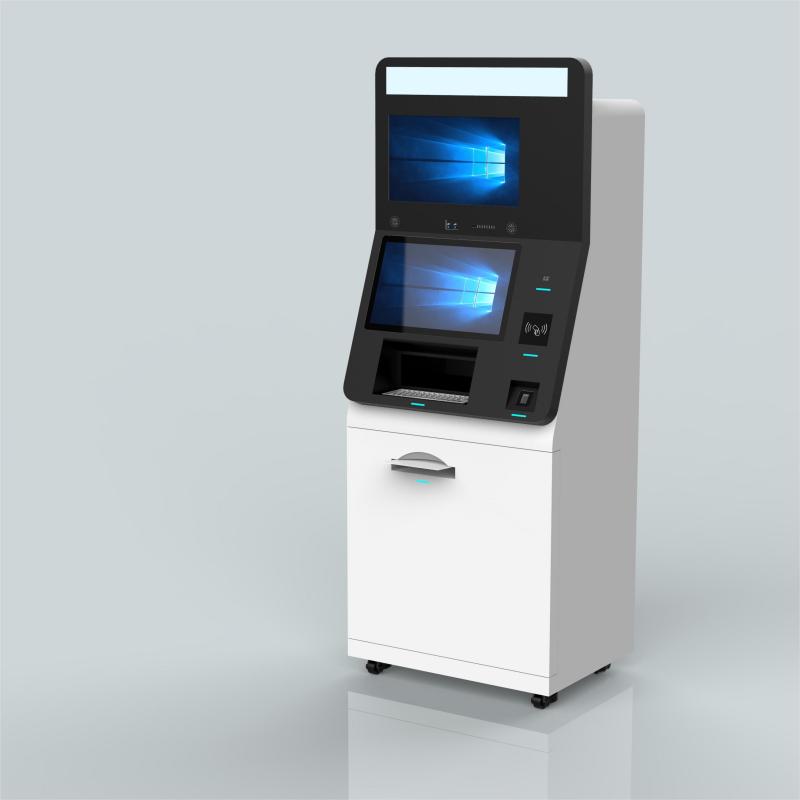
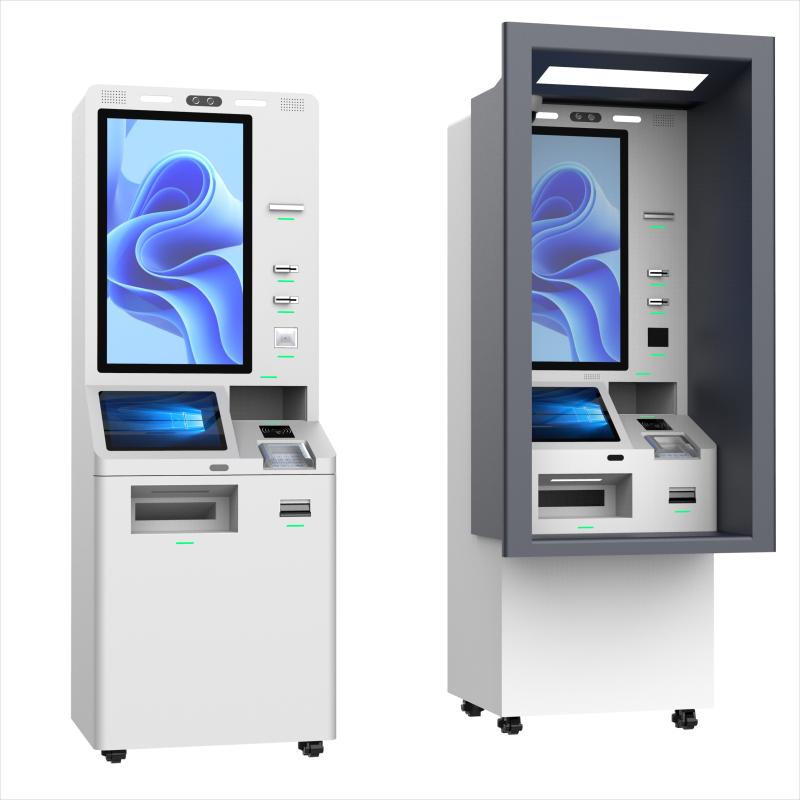
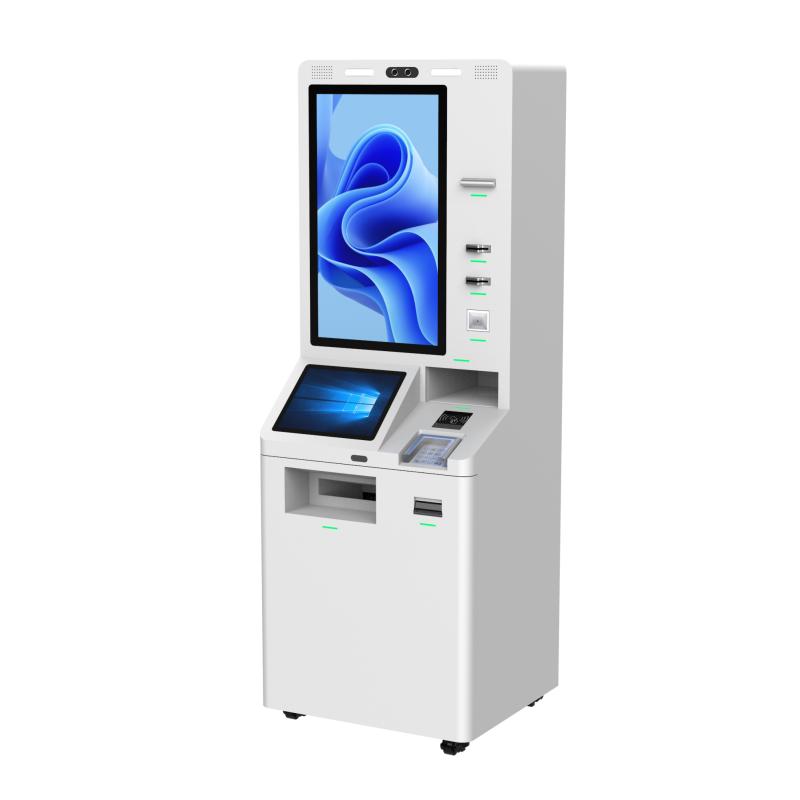

What did our happy clients say?
The kiosk online payment system we purchased is amazing! It’s fast, secure, and has made transactions so much smoother for our customers. Huge thanks to the manufacturer for their excellent service—highly recommended!
We’re thrilled with our new kiosk online payment system. It’s streamlined our payment process and customers love the convenience. Thanks to the manufacturer for delivering such a quality product. We highly recommend them!
Our business has greatly benefited from the kiosk online payment system. It’s user-friendly, reliable, and has improved customer satisfaction. Many thanks to the manufacturer for their outstanding support. Definitely recommend!
The kiosk online payment system has exceeded our expectations. It’s efficient, secure, and has enhanced our customer experience. Thank you to the manufacturer for their top-notch service. We highly recommend them!